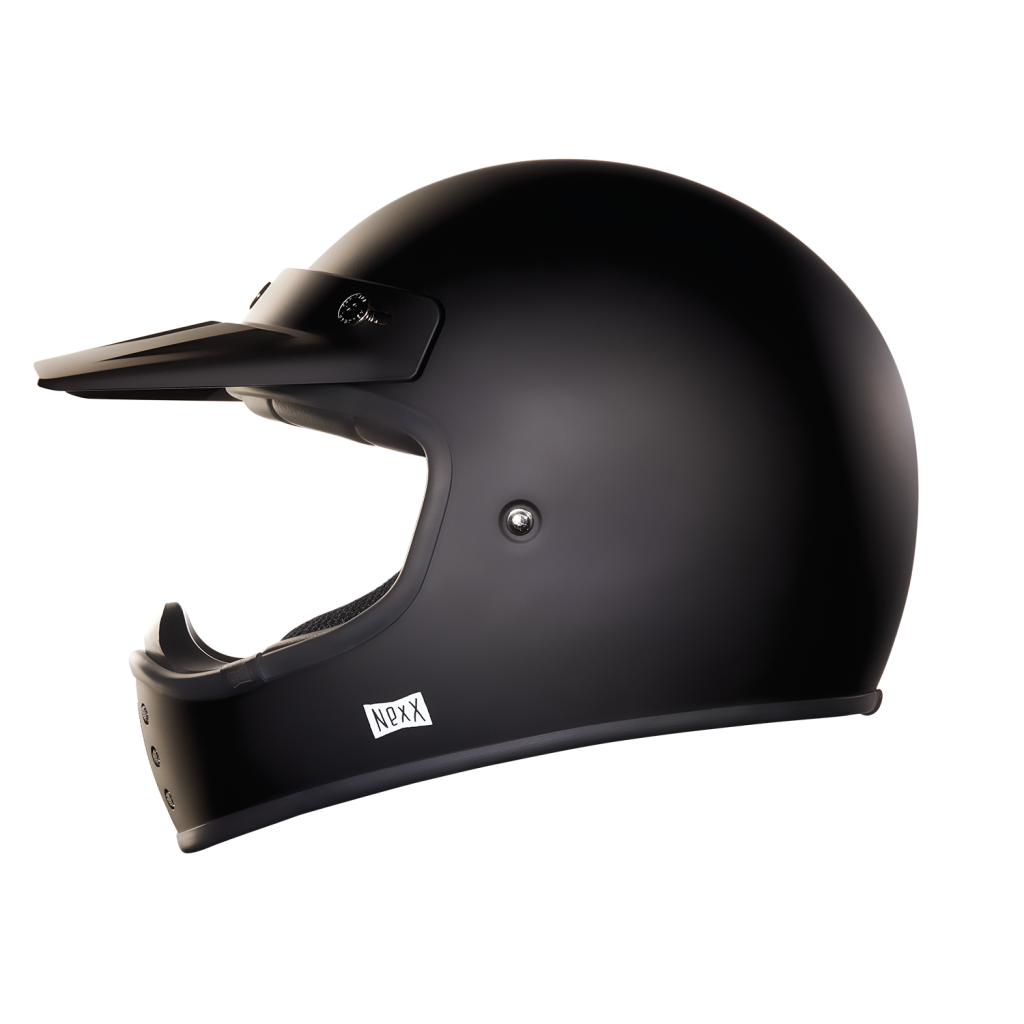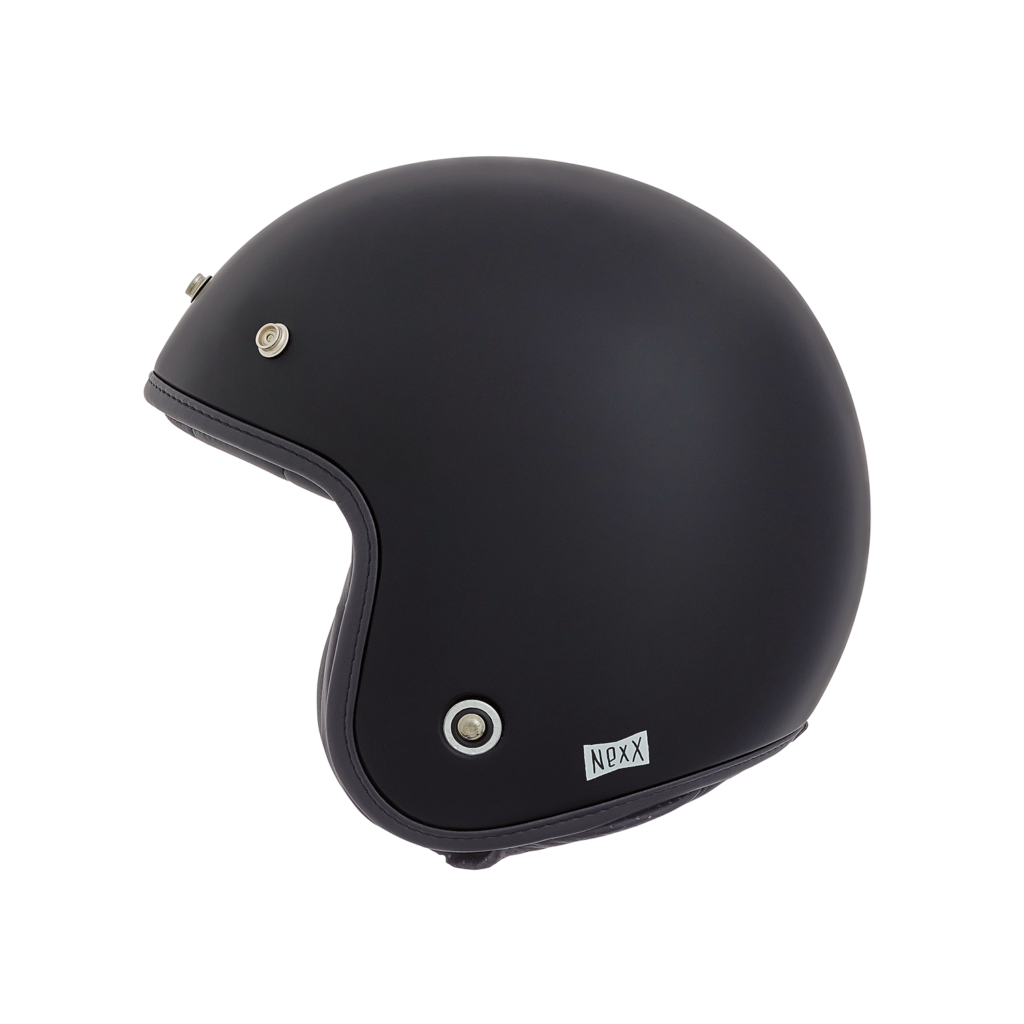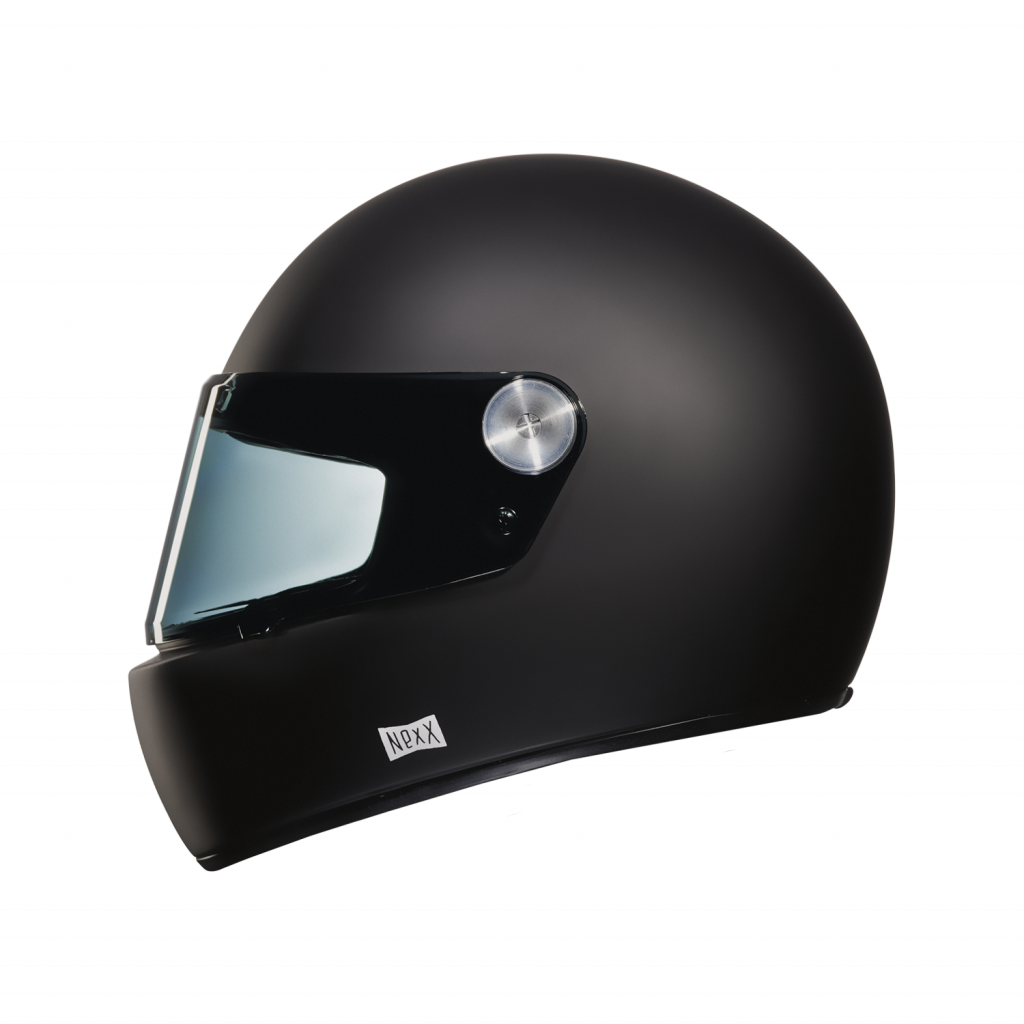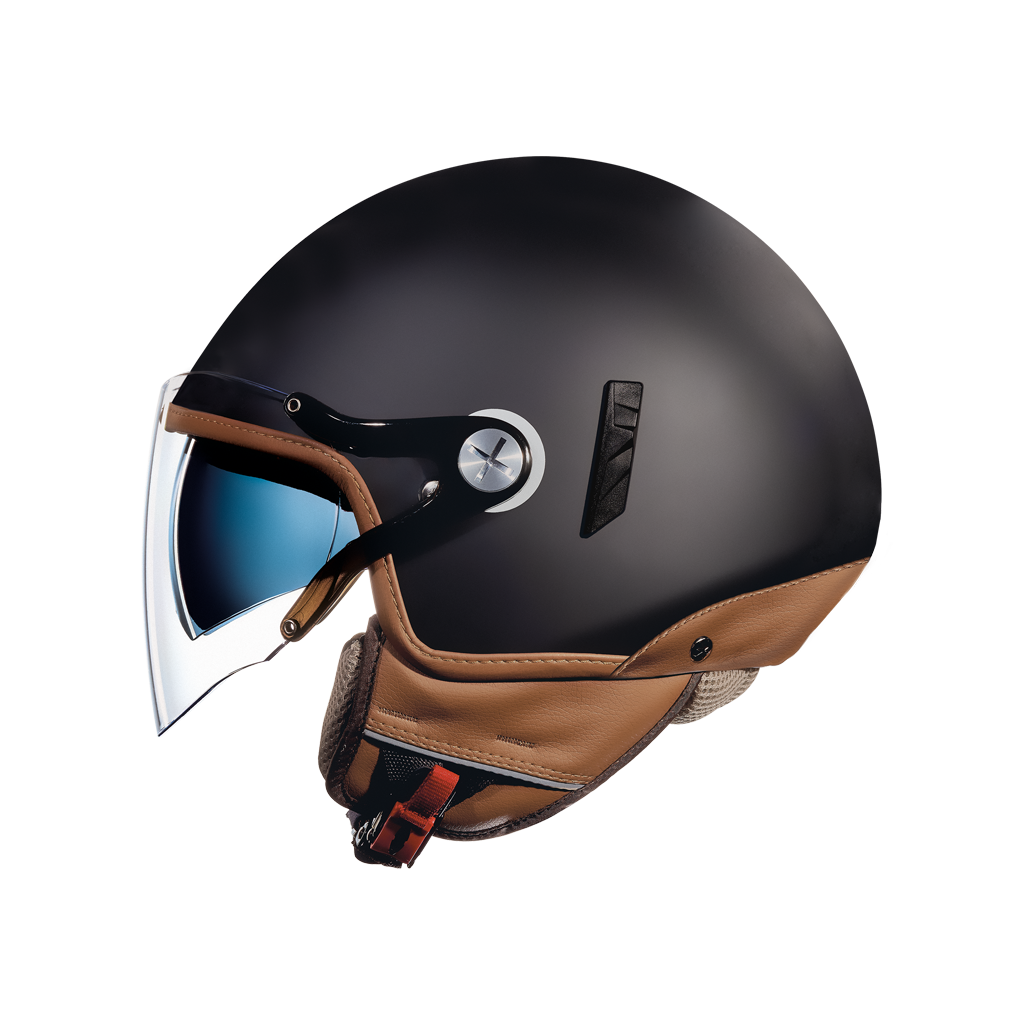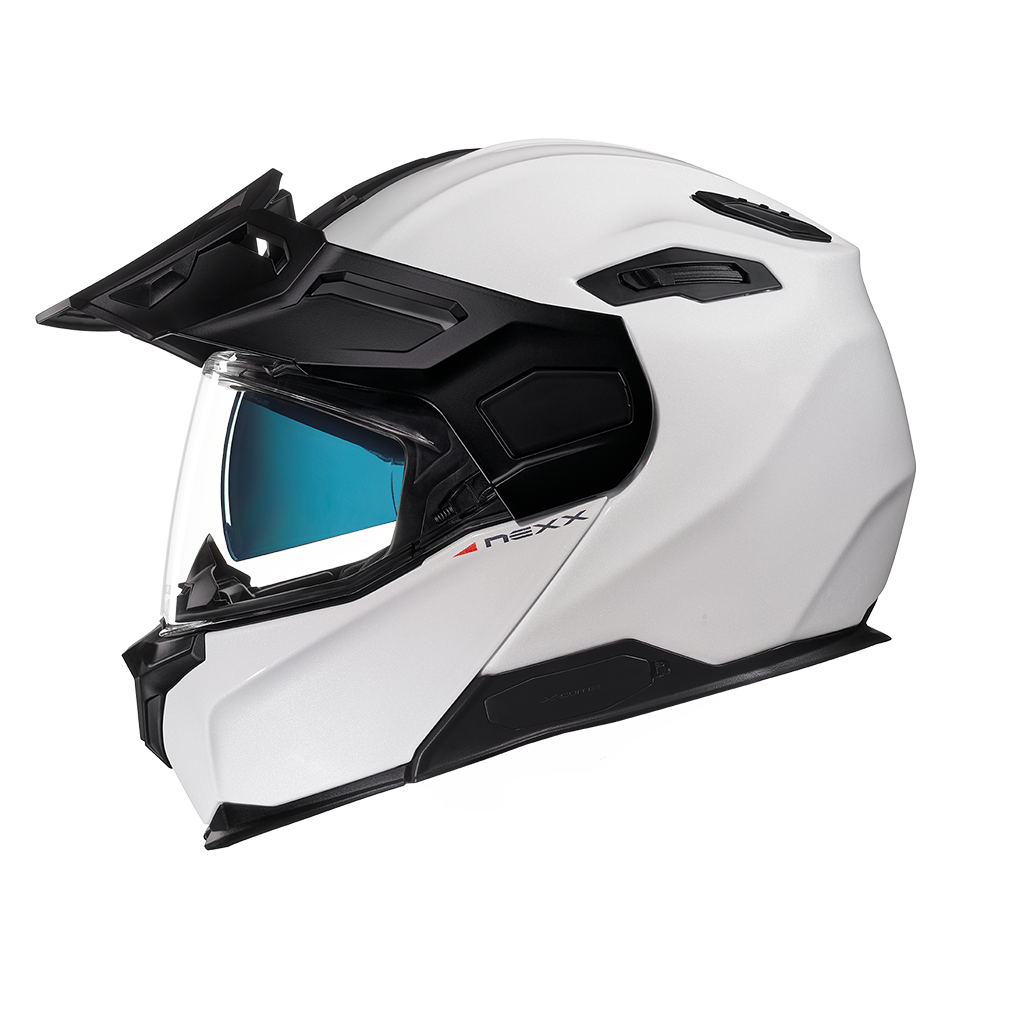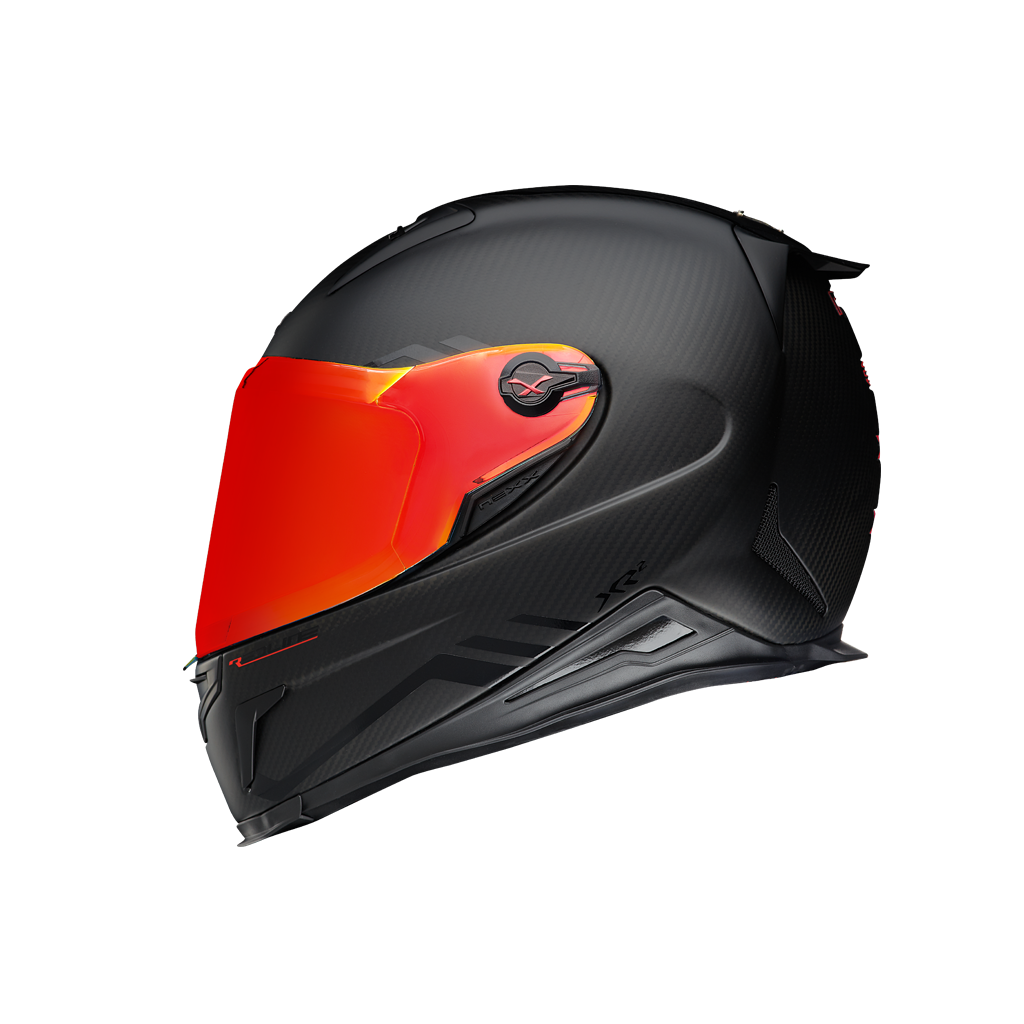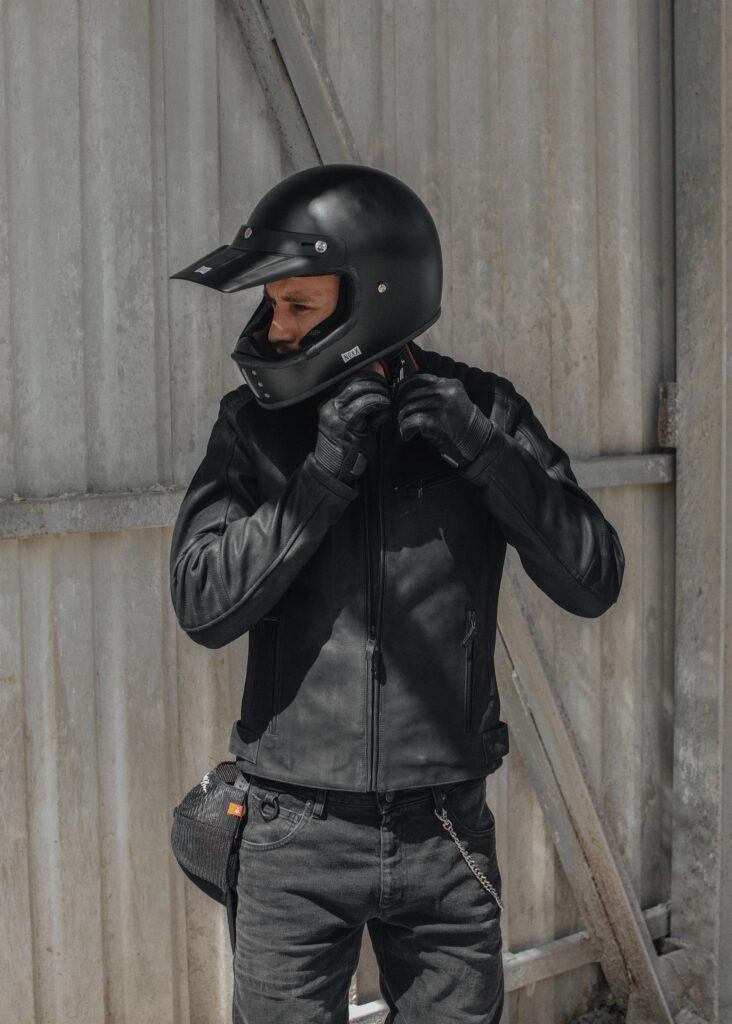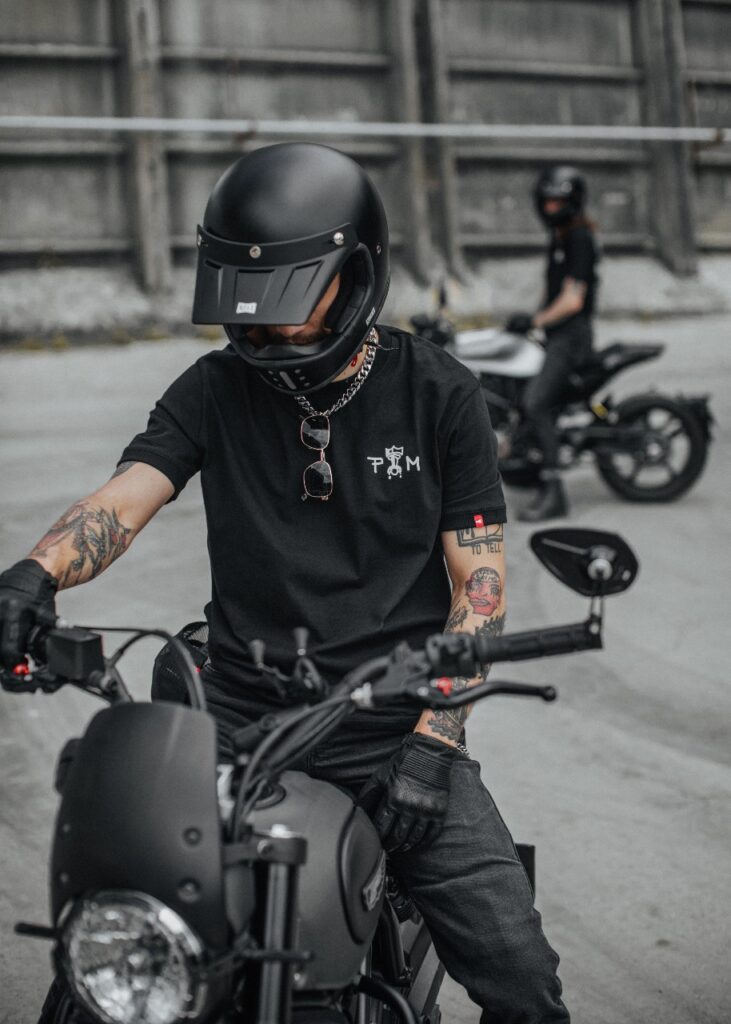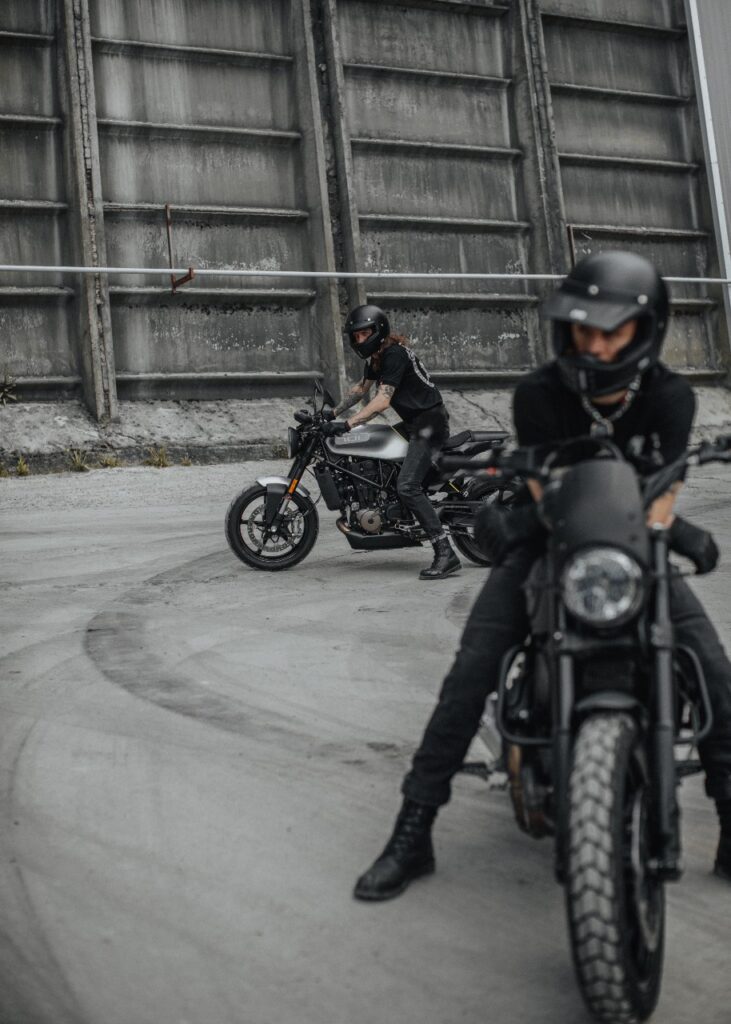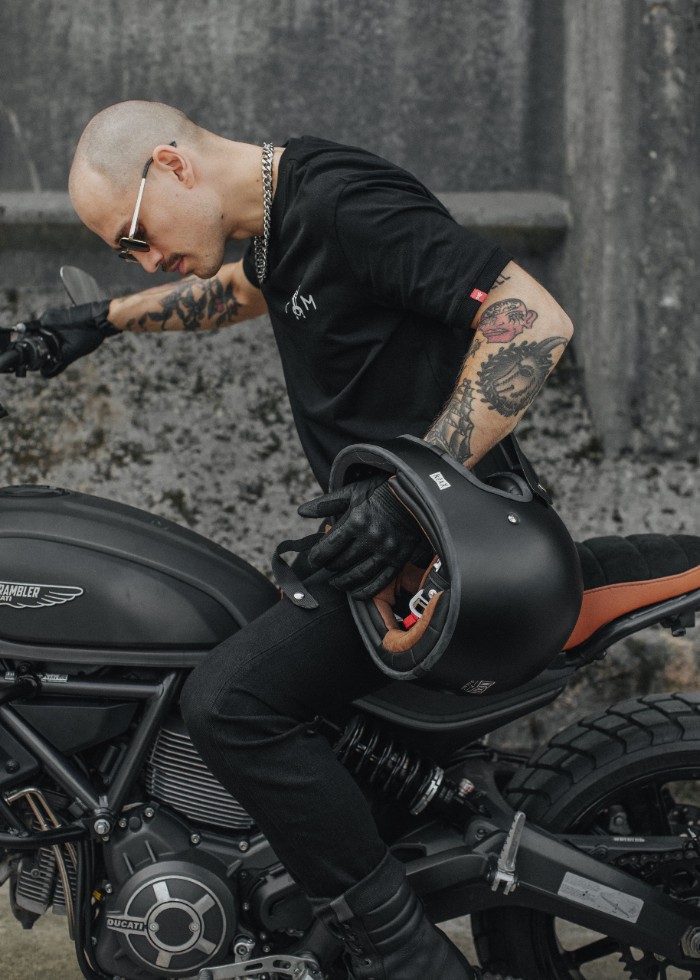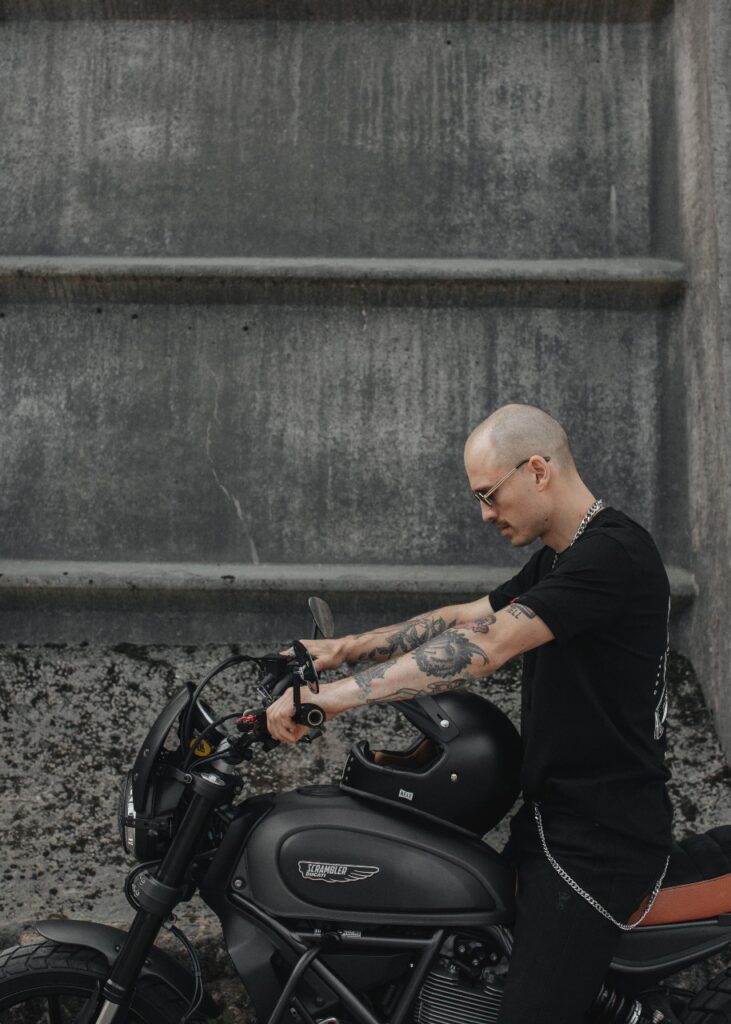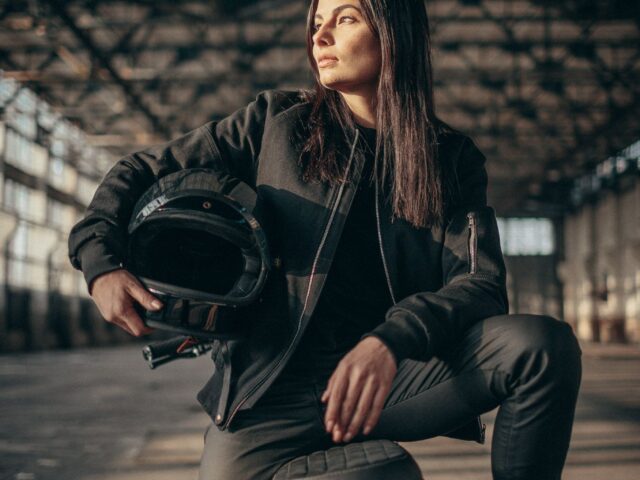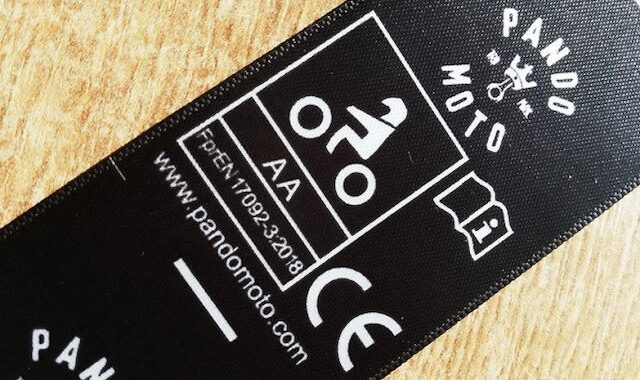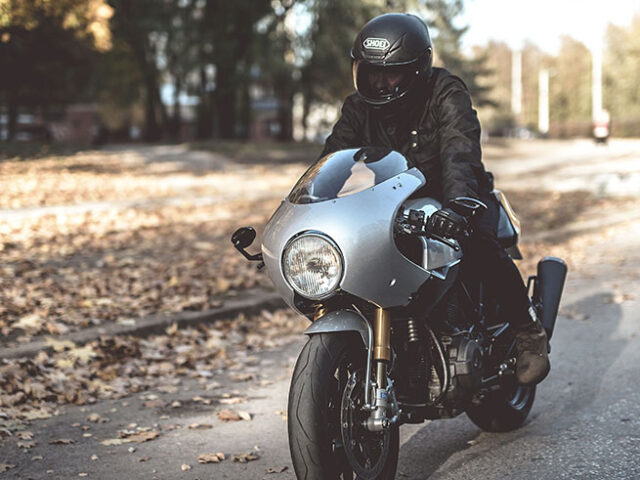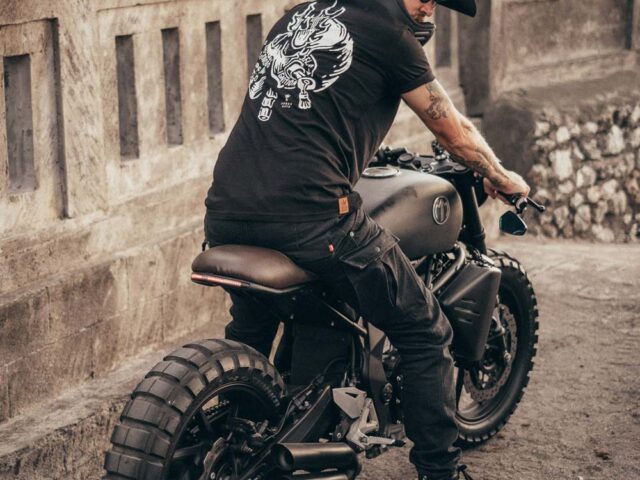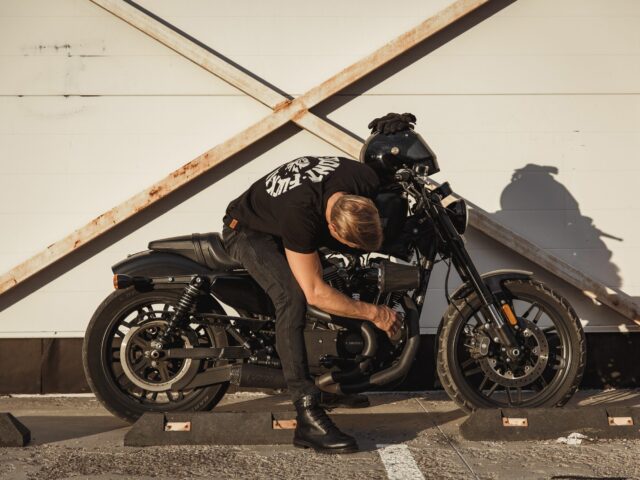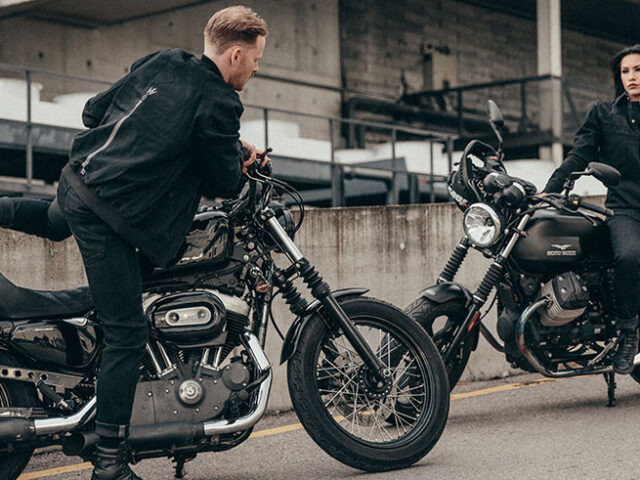The Quick Motorcycle Helmet Guide
July 07, 2021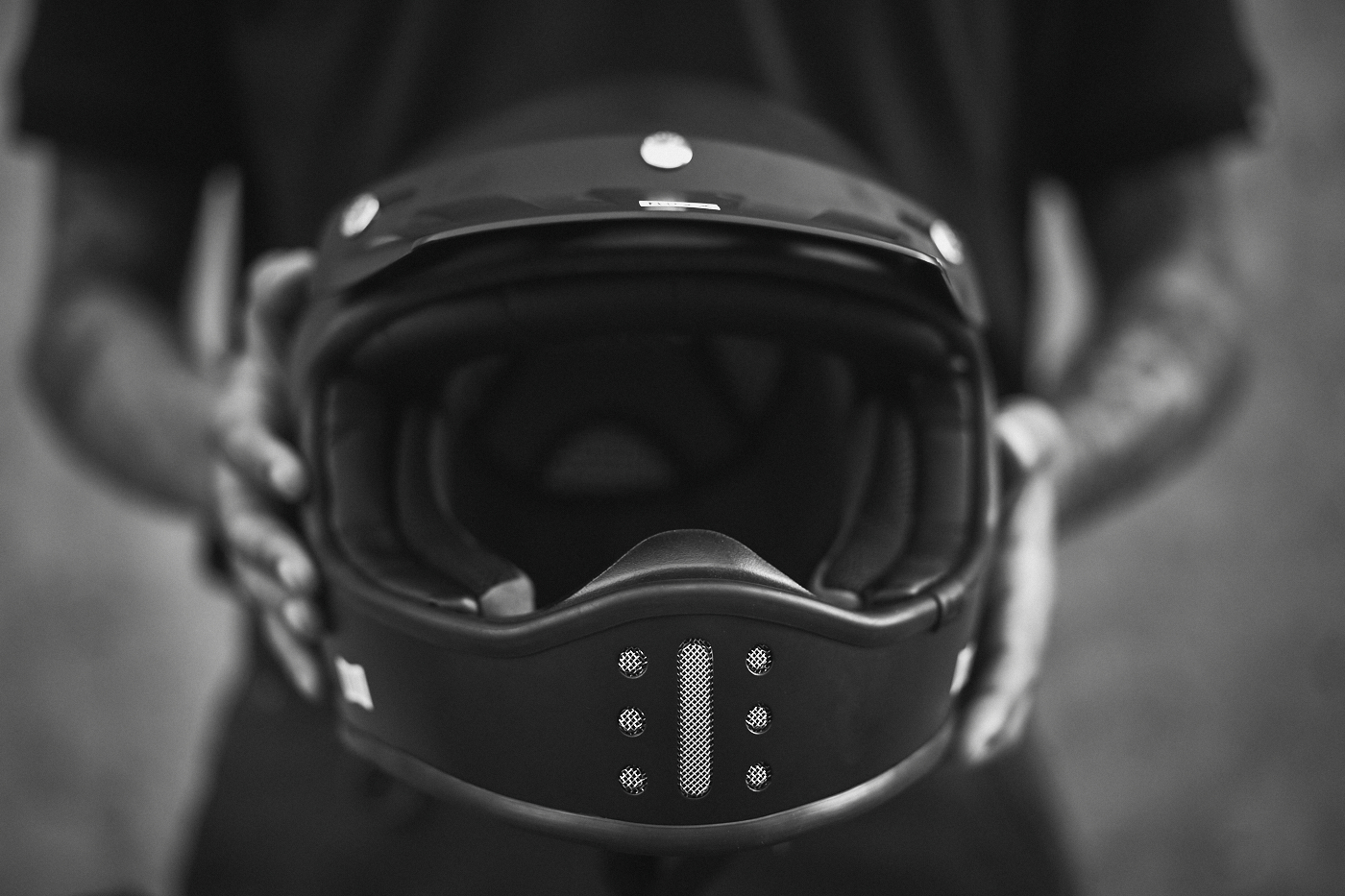
Your head is your most valuable asset. So when you’re shopping for protective motorcycle gear, your motorcycle helmet will be the most important piece of the puzzle.
Depending on what type of riding you do, there’s a wide selection of different helmets for different disciplines. There are street, racing, adventure, off-road, etc., helmets. In addition to different purposes, motorcycle helmets come in different models: from full-face helmets to modular, open-face, and wraparound helmets. There’s no shortage of choices out there.
However, specific helmet purposes and looks aside, there are some commonalities to consider when buying your bike helmet. To help you make sense of helmet types, quality, and safety standards, we put together this quick motorcycle helmet guide to steer you in the right direction:
Motorcycle Helmet Types
The helmet type you choose will mostly depend on the kind of riding you do. Street and track racing helmets tend to be full-face with a visor (sometimes, it may include an additional sun visor). Adventure helmets are similar to street helmets but feature a peak for extra sun protection and more ventilation. Off-road helmets have a peak, but no visor and are typically used with goggles. Scooter and cruiser riders use modular helmets with a flip-up lower portion and open-face helmets. There is no hard and fast rule of what helmet you should use – you can commute to work in a motocross-style helmet or go on an adventure ride in an urban helmet – it’s about figuring out what works for you best.

https://www.nexx-helmets.com/en/helmets/x-g200/purist/black-mt 
https://www.nexx-helmets.com/en/helmets/x-g10/purist/black-mt 
https://www.nexx-helmets.com/en/helmets/x-g100r/purist/black-mt 
https://www.nexx-helmets.com/en/helmets/sx-60/jazzy/black-mt 
https://www.nexx-helmets.com/en/helmets/x-vilijord/plain/white 
https://www.nexx-helmets.com/en/helmets/x-r2/red-line/black-mt
Outer Shell and Absorbing Liner of Motorcycle Helmets
The outer shell of a helmet is the first layer of protection in case of a crash. Outer helmet shells are usually made of carbon fiber, but manufacturers may sometimes blend several different carbons, fiberglass, and Kevlar fibers for maximum protection. The impact-absorbing liner in the helmet is typically made of polystyrene. However, some of the newer high-end helmets now use improved technology, such as the Koroyd system, which claims to improve the impact-absorbing capacity of the helmet.
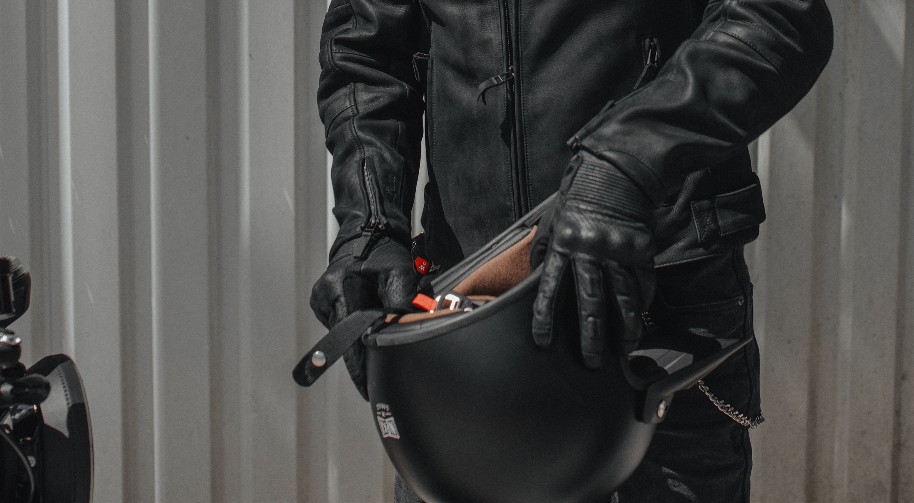
The final layer of your helmet is the inner padding, usually made from moisture-wicking, washable materials for comfort and fit. Most helmets feature removable inner layers you can wash out on a regular basis.
Retention System
The chin strap and buckle of your helmet is a crucial detail. It keeps the helmet in place in case of a crash. Always make sure you secure your chin strap when you put the helmet on; otherwise, it’s a little like putting your seat belt on without fastening it. Most helmets have a simple D-ring or magnet buckle system on the chin straps.
Safety Standards
Motorcycle helmets vary in quality and price. But the one thing you should always be paying attention to is the safety standard. In Europe, look for the ECE 22.05 sticker on the helmet. In the US and Canada, it will be the DOT-approved marker. Motorcycle helmet safety standards define the helmet’s capacity to withstand specific impact forces and angles. And it’s essential to choose a helmet with safety certification.
How to Find Out Your Motorcycle Helmet Size?
Most motorcycle helmets will be quite similar in size. Still, just to be sure, it’s best to measure the circumference of your head and browse the individual manufacturer’s helmet sizing charts. Ideally, always try the helmet on before buying: it should fit snugly but not too tightly, and it should never be loose. Wear the helmet for 10 minutes or so to see if it feels good, if you can turn your head comfortably, and if you’re satisfied with the field of vision. Internal helmet fit and comfort are critical, especially if you ride long distances or race.
Purpose of Particular Motorcycle Helmet
As we discussed before, different types of motorcycle helmets serve different purposes. Street and track racing helmets are designed for optimal aerodynamics, whereas adventure and off-road helmets also feature sun protection and better ventilation. Leisure and urban riders use open-face and modular helmets, and you can always accessorize your helmet with goggles, pin-lock inserts to prevent fogging, or an additional peak or sun visor.
Helmet Care
To make sure your helmet is safe and will last, don’t forget to look after it. Wash the inner lining regularly to prevent dirt, grime, and sweat from accumulating inside; don’t put stickers or paint your helmet, as it can damage the outer shell. If you’ve crashed and hit your head, or if you’ve dropped your helmet from a height, it’s time to replace it – even if the helmet looks fine, there may be tiny hairline fractures in the outer shell that will lessen its impact protection.
